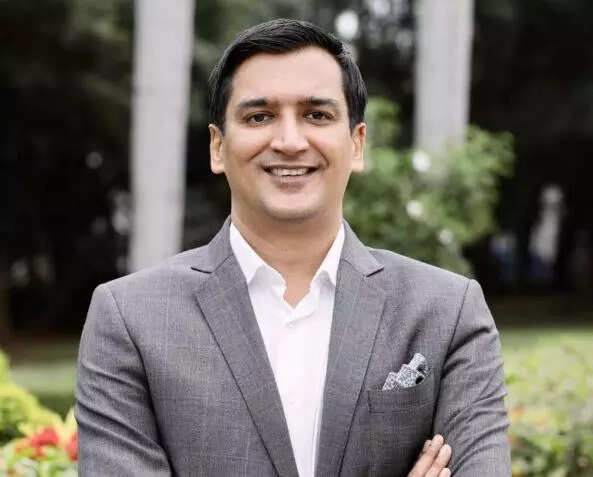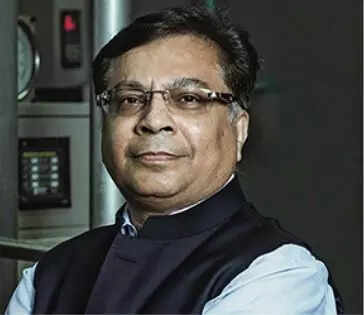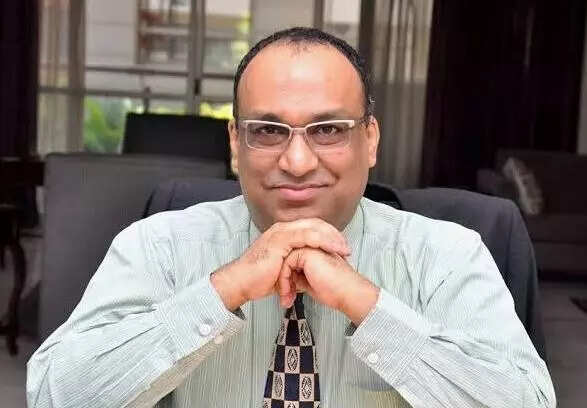[ad_1]
China remained the top import source for India as medical device imports from them grew 48 per cent from Rs 9,112 crore in 2020-21 to Rs 13,538 crore in 2021-22. Imports from the US also increased steeply by 48 per cent to Rs 10,245 crore in 2021-22 from Rs 6,919 crore in 2020-21. The value of medical devices from China was nearly the same as the combined value of imports from Germany, Singapore and the Netherlands in 2021-22.
This trend has been giving really challenging times for domestic players competing with cheaper imports. As we approach the Union Budget 2023-2024 to be announced on February 1, ETHealthworld spoke with medical device manufacturers and industry stakeholders to understand what are their expectations from this year’s budget.
We anticipate expansion of PLI scheme for MedTech Sector with adequate flexibility integrated into the scheme to address the ever-evolving market dynamics to truly make Indian domestic manufacturing, globally competitive. Rationalization of GST for MedTech sector, extending zero rating and schemes like Remissions of Duties and Taxes on exported products (RODTEP) to Export Oriented Unit (EOU) /Electronic Hardware Technology Park (EHTP) will provide the needed impetus to local manufacturing for domestic use and exports.
Hoping to see the formalization of the greatly needed Medical Devices Policy, which can facilitate well-structured growth for the sector and help accelerate our capabilities to innovate, manufacture with self-reliance and export. While the thrust on local manufacturing is needed to reduce the import dependency, we have to be cognizant that it will take substantial time to start manufacturing of high end-high value equipment & devices in the country. Exemption of customs duty on the import of high-end MedTech equipment will help in reducing the cost of healthcare for the end customers i.e., the patients.

As done for mobile phones, the Government should protect the manufacturing base in India by increasing Basic Custom Duty on import of Medical Devices to at least 10 to 15 per cent from current 0-7.5 per cent duty though WTO Bound rate is mostly 40 per cent. Due to such low custom duty India is importing Rs. 63,200 Cr of Medical Devices and is over 80 per cent import dependent. This 80 per cent can be reduced to below 30 per cent with correct policies as done for mobile phones and consumer electronics.
Instead of 18 per cent GST applicable on some medical devices that are not luxury goods, the GST needs to be a flat 12 per cent for all medical devices. Also reducing GST to 5 per cent is making Indian products non-competitive to imports as then manufacturers are unable to keep reduced ex-factory prices based on lower input costs net of GST.
Talking about trade margin monitoring, Rajiv Nath informed that the purpose of low duty was to help consumers get affordable access to devices. This objective is not realized if consumers will be charged a high MRP of 10 to 20 times import landed price. Customs recording of MRP on Bill of Entry will assist to bring in data generation for policy making by evidence of a trade margin rationalization policy for the manufacturer/ importer so that there is a capping of maximum four times on the ex-factory price and on import landed price of Indian distributor.

To make India truly a ‘Global hub of medical devices’, right investments in R&D will help in propelling the sector forward. Restoration of higher percentage of deduction against R&D expenses will encourage innovation. Further, a lower GST rate on research related activities and clinical trials will be a booster.
Government should also consider lower rate of GST on medical devices to increase affordability. It is anticipated that our long pending demand of harmonizing to a uniform GST rate of 12 per cent will have to be looked at, Medical Devices and Equipment sector currently has 3 slab rates of GST – 5 per cent, 12 per cent and 18 per cent.
To make exporters especially MSMEs remain competitive in the global market, the government should consider increasing export incentives under RoDTEP to 2 per cent from the existing 0.5 per cent to compete with exports from neighbouring countries.
The Industry is looking at measures to see a reversal in the import dependence and growth of the domestic industry which will bring in affordable wider access to medical devices leading to better healthcare delivery.

For products where the ability to import-substitute is still some time away; the high customs duty should be reduced. The high customs duty has adversely impacted the costs for medical devices in India which contradicts the government’s efforts to provide low-cost healthcare available to masses through various healthcare schemes.
The 5 per cent health cess ad valorem imposed on imported medical devices has compounded the burden on the industry; this, coupled with the INR depreciating by almost 9-10 per cent against the USD, meant a very significant hit for the medical technology industry where 70-80 per cent of the products are imported.
A separate budget of USD 1-5 million needs to be allocated for the promotion, advertising and marketing of the Indian medical device industry globally. This will help strengthen ‘brand India’ and get greater acceptability of India-made medical devices in overseas markets which will further the governments vision of ‘Make in India for the world’. It will also help in the promotion of India as a destination of manufacturing and R&D in MedTech.
The guidelines which were issued in June 2022 regarding section 194R of IT Act meant that even free samples of medical devices would come under TDS regime. The product samples provided by medical device companies to clinicians enable them to get hands-on training to learn the optimum usage, application and handling of the product and sometimes to even demonstrate to the patients on how the procedure will be carried through. These samples are always marked “Physicians Sample not for sales” as per the D&C Act and Medical Devices Rules 2017 and are not to be used to generate any income. Therefore, any taxation on samples will prohibit these activities and hinder the doctor’s ability to deliver optimal patient outcome

Indian healthcare budget must move towards 2 per cent + GDP in short term and above 2.5 per cent of GDP in the mid-term. Reduction of customs duties to a minimum of 2.5 per cent is important along with abolishing the additional 5 percent health cess on imported medical devices for better access to healthcare. Reduction of such duties will eventually reduce the financial burden as every 2 in 3 Indian patients need to pay out-of-pockets.
These recommedations from the medical device experts underline the major challenges they face due to the high import dependence and the pricing pressure felt due to it. We would have to now see whether the Union Budget 2023 would address the long standing problems around custom duties, GST and improved allocation towards healthcare.
[ad_2]
Source link
